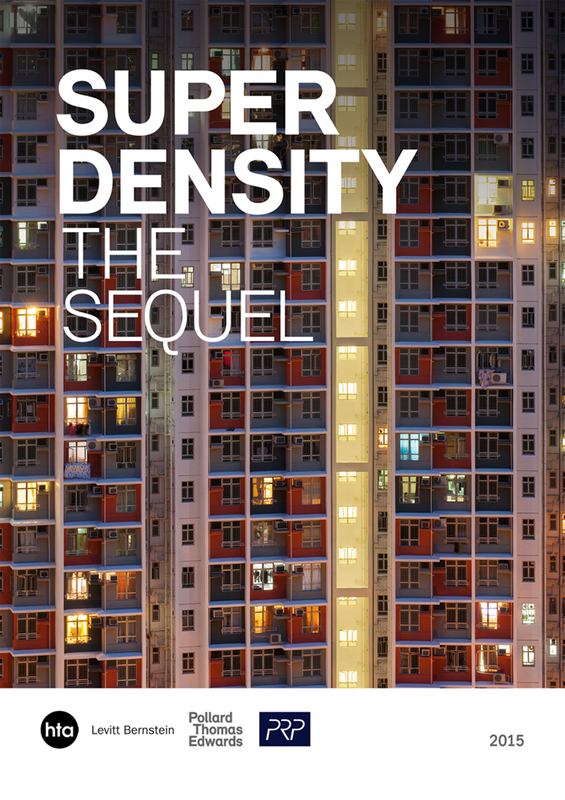Further Recommendations for Living at Superdensity
|
Here are our key recommendations for making superdensity work in 2015.
And finally, let us not give in to collective amnesia. We have spent the last 30 years trying to understand and correct the mistakes of post-war development. Let’s use this knowledge and not repeat the same mistakes. |

